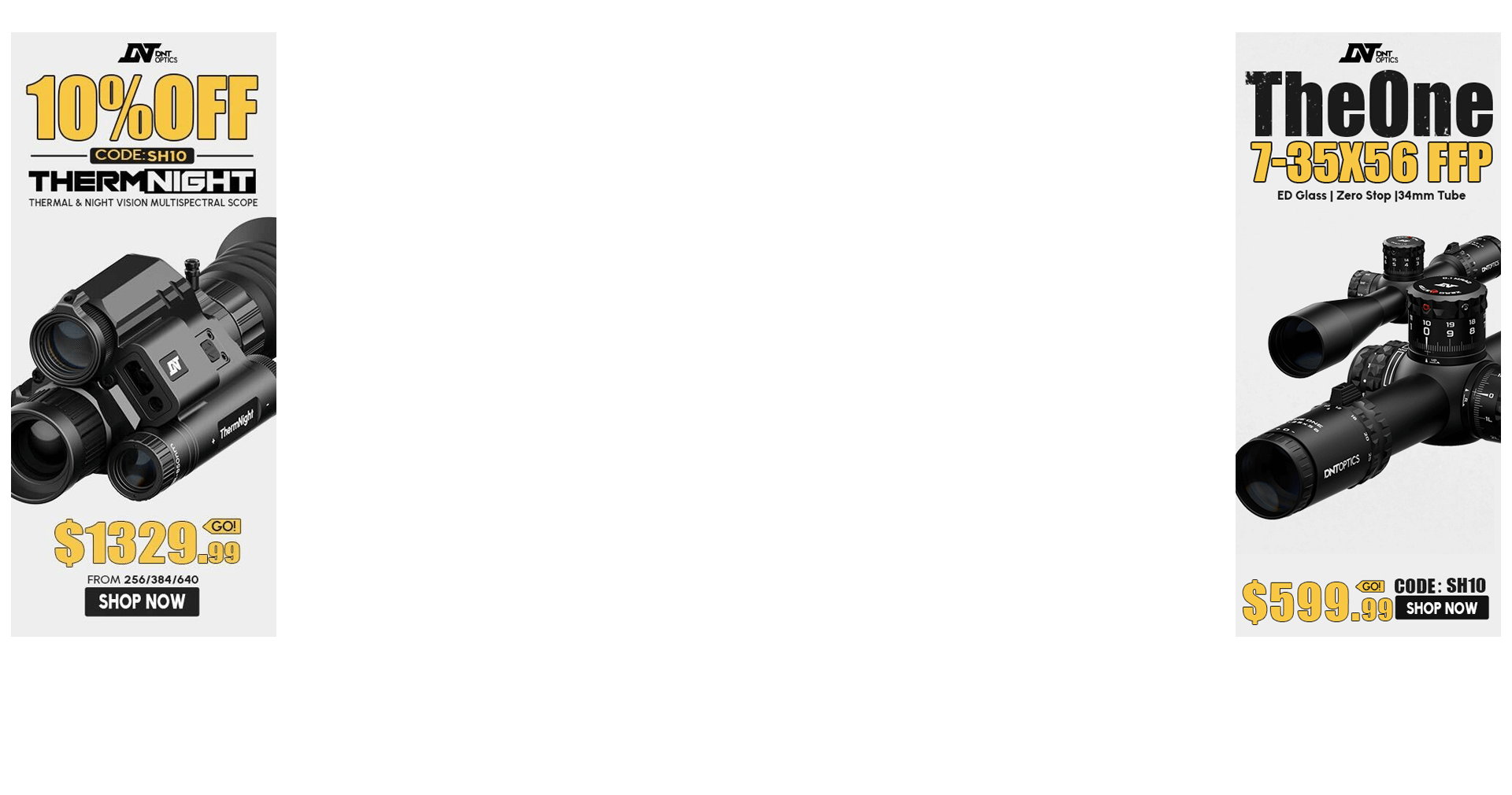A friend of mine achieved excellent results with a 38.7gn.For what it's worth I would pick 38.7gn or 39.0 (or a load in between) as a test with +/- 0.2 gn on either side in absence of any other information. 5 shot groups. See if the POI repeats. If it does then you can work on seating depth and see if the groups tighten up.
We have the same gun, the only differences are the twist rate (mine is 8" and his is 8.5") and barrel length (mine is 28" and his is 26"). We use the same brand of cases, the same bullet weight and type.
I use Fiocchi SRM primers, he uses Federal, and obviously the same powder.
He's much better at shooting than me and has been doing it much longer. I'll do as you suggest!
Thanks.

